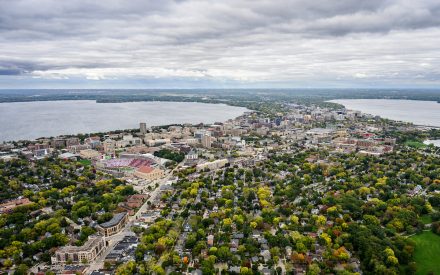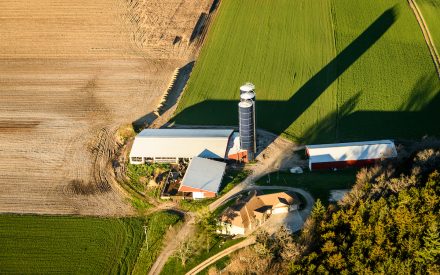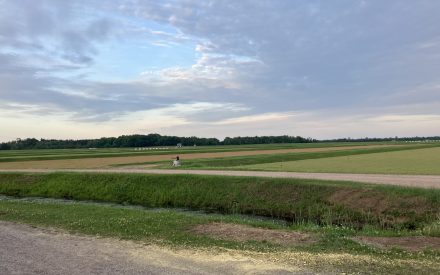(Image Source: Nathan Dumlao / Unsplash)
October 2022
It’s no secret that higher education comes at a cost. A recent WIndicator, Returns to Higher Education, from Steven Deller reviews the trade-offs in how higher education is financed. Public universities are funded, in part, by tax dollars with a portion of the cost of attendance covered by the state and the remainder paid by students as tuition and fees. This portion of tuition charged to students has varied throughout the decades.
Wisconsin residents attending the University of Wisconsin—Madison in the 1940-1941 academic year paid a mere $65 per semester for tuition & fees, which is the equivalent of $1,375 after adjusting for inflation. Today’s older Baby Boomers who headed off to college in 1970 paid $508 per semester ($3,980 in 2022 dollars), Boomers attending in 1980 paid $976 per semester ($3,442 in 2022 dollars), and Gen Xers paid $2,108 in 1990 ($4,900 in 2022 dollars). This year, Wisconsin residents pay about $10,722 per semester in tuition and fees to attend UW-Madison.
The national trend has been to shift the cost of an education from the state to the student. Using 2020 dollars to compare, the average state covered roughly $27,681 of the total cost of tuition per student in 1980. Wisconsin’s investment per full-time student was higher than the national average in 1980. After adjusting to 2020 dollars, the State of Wisconsin covered $30,599 of the total cost of tuition per student in 1980, with the remaining inflation-adjusted $6,882 ($3,442 per semester) paid by the student.
This brings us to today’s quiz question. In 2020, the average state paid $8,636 of the cost of tuition per student, a decline of 68.8% from 1980. What was the State of Wisconsin’s investment per student, or the amount of tuition it covered, in 2020?
A. $2,882
B. $5,835
C. $7,884
D. $8,547
E. $14,783
ANSWERS
Answer C. In 2020, the State of Wisconsin state investment per student was lower than the national average at $7,884, which represents a 79% decline from 1980 to 2020.

















